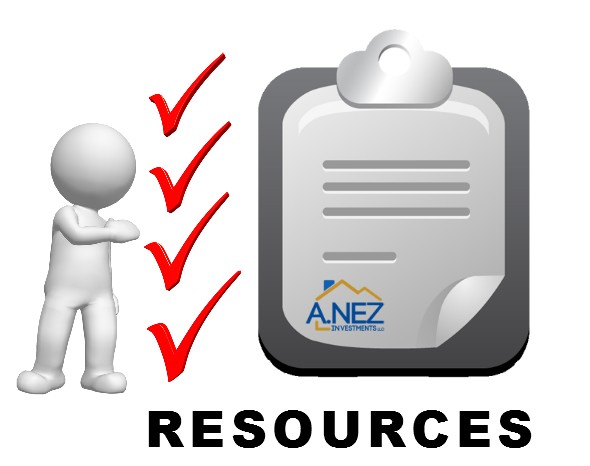How to Analyze Real Estate Investments
Post on: 30 Май, 2015 No Comment

More Articles
Misjudgments up front can hurt your profit-making potential on your real estate investments. A major part of investing in real estate is analyzing and understanding risk. You never know 100 percent what is going to happen when you purchase an investment property, but with proper analysis, you can give yourself a much better idea than you would going in blind. By doing the proper analysis of all aspects of the property, you can identify problems before they become insurmountable.
Step 1
Compile information on the property including type of property, number of units, square footage, purchase price and expenses. The more information you gather up front, the more detailed your analysis will be.
Step 2
Review trends in the area and demographic you intend to target. Learn what types of properties sell the best. The bigger the demand for your property, the more likely it is to increase in value over time, providing a bigger return on your investment.
Step 3
Assess the level of repair that needs to go into a property. A fixer-upper can be purchased for a low price, but the amount of money you need to put into it will lessen your return on the investment. If you go this route, look for a property where you can do much of the work yourself to save costs and maximize profits.
Step 4
Compare rental data on similar buildings in the area. This will give you an idea of what kind of income you can expect to make from leasing the property. Multiply the anticipated rents by the number of units to get the projected gross income of the property. Multiply this figure by 12 to figure the yearly income.
Step 5
Consider the vacancy rate for a property with multiple units. The vacancy rate is the percentage of units that you will not be renting at one time. If you have a nine-unit property, but only expect eight to be rented, you have an 11 percent vacancy rate.
Step 6
Multiply the total projected income by the vacancy rate. If you have nine units each bringing in $500 per month in rent, the total income for the property is $5,400. Multiply this by 11 percent to get the vacancy rate of $594. Multiply this figure by 12 to get the yearly vacancy rate of $7,128. Subtract $7,128 from the yearly income of $54,000 to get the net income of $46,872.

Step 7
List the monthly operating expenses you expect to incur in renting the property. This includes utilities, taxes, insurance and maintenance, but dont include mortgage financing, which is a separate category of expense. Add these up and multiply by 12 to determine the projected yearly expenses.
Step 8
Subtract the expense from the net income to determine net operating income (NOI). This is the total income the property will produce in a year. For example, if the net income is $46,872 and the expense total $24,000, the NOI is $22,872.
Step 9
Determine the debt service on your property. The debt service is the amount it will cost you to finance your property through a mortgage company. If your mortgage payment is $800 per month, your yearly debt service is $9,600.
Calculate cash flow by subtracting your debt service from your NOI. If your NOI is $21,762 and your debt service is $9,600, your cash flow is $12,162.
Calculate your cash flow to debt ratio. Determine this by dividing your cash flow by your debt. If you have $9,600 in debt and $12,162, your cash flow to debt ratio is a healthy 1.27 to 1.00. This means for every $1 of debt, you have $1.27 in cash. When your cash flow to debt is below 1.00 to 1.00, your investment is costing you more than it is worth.














